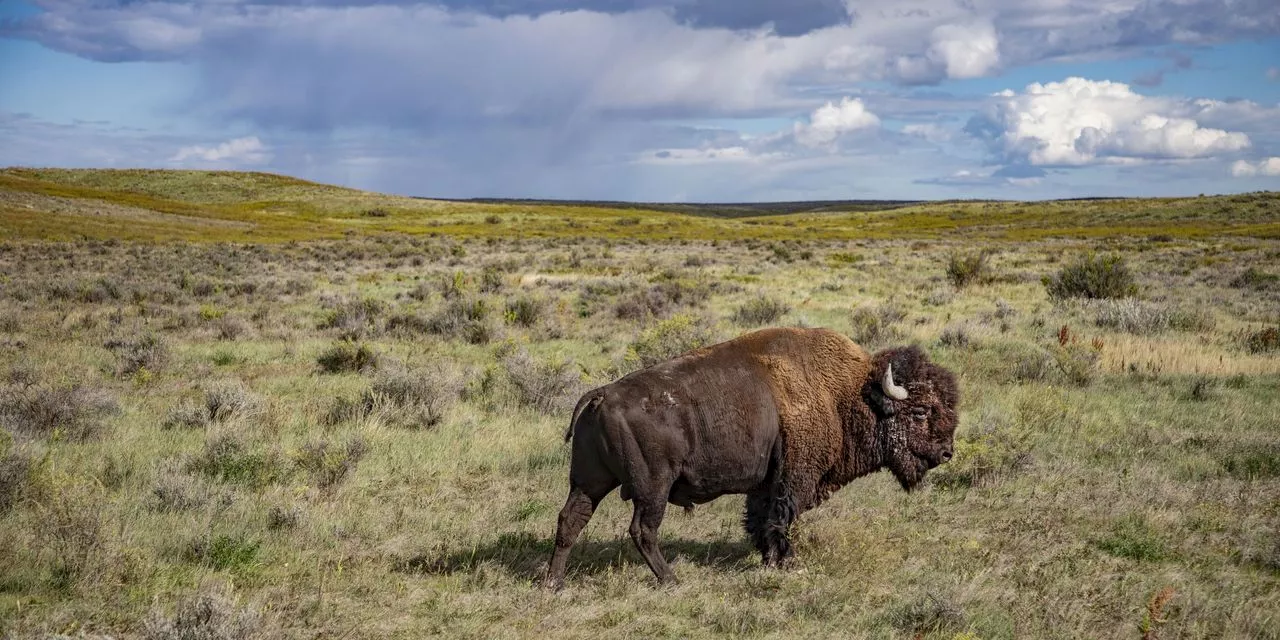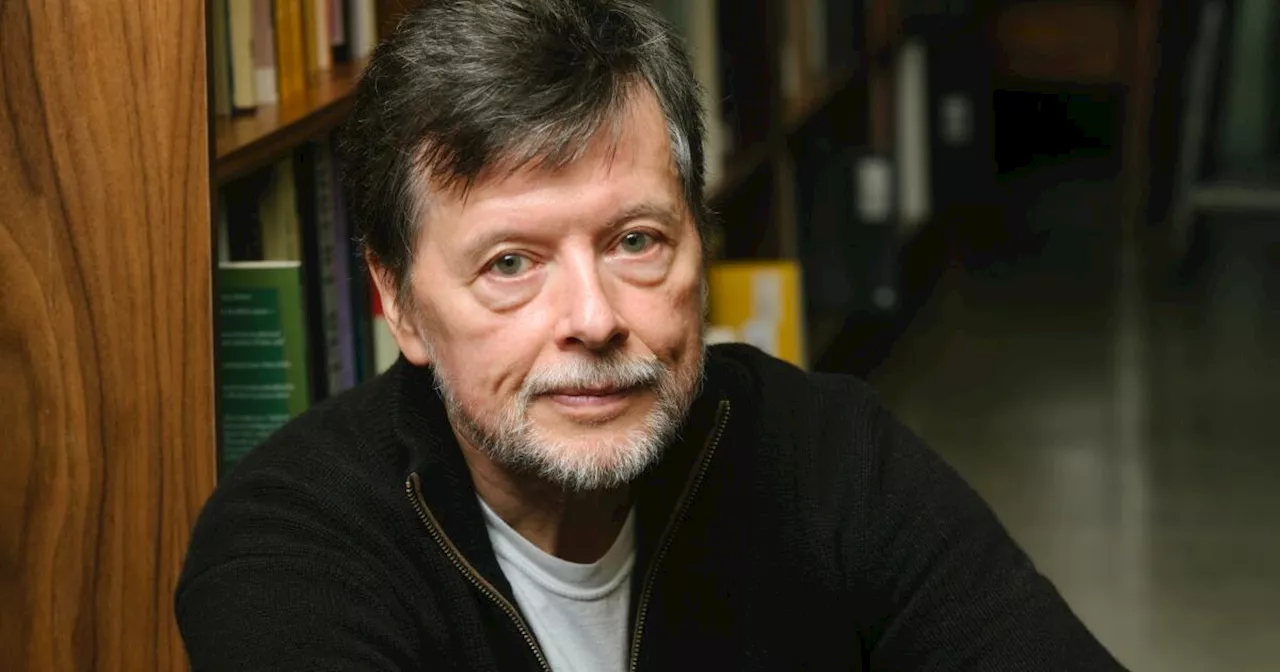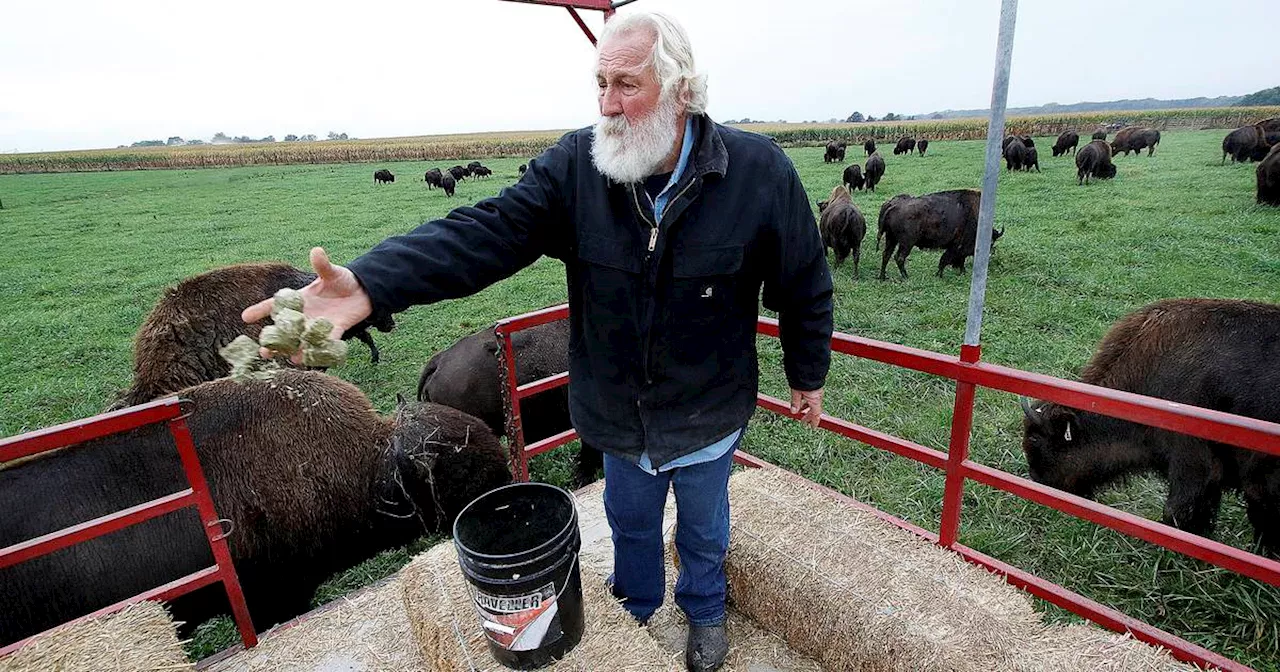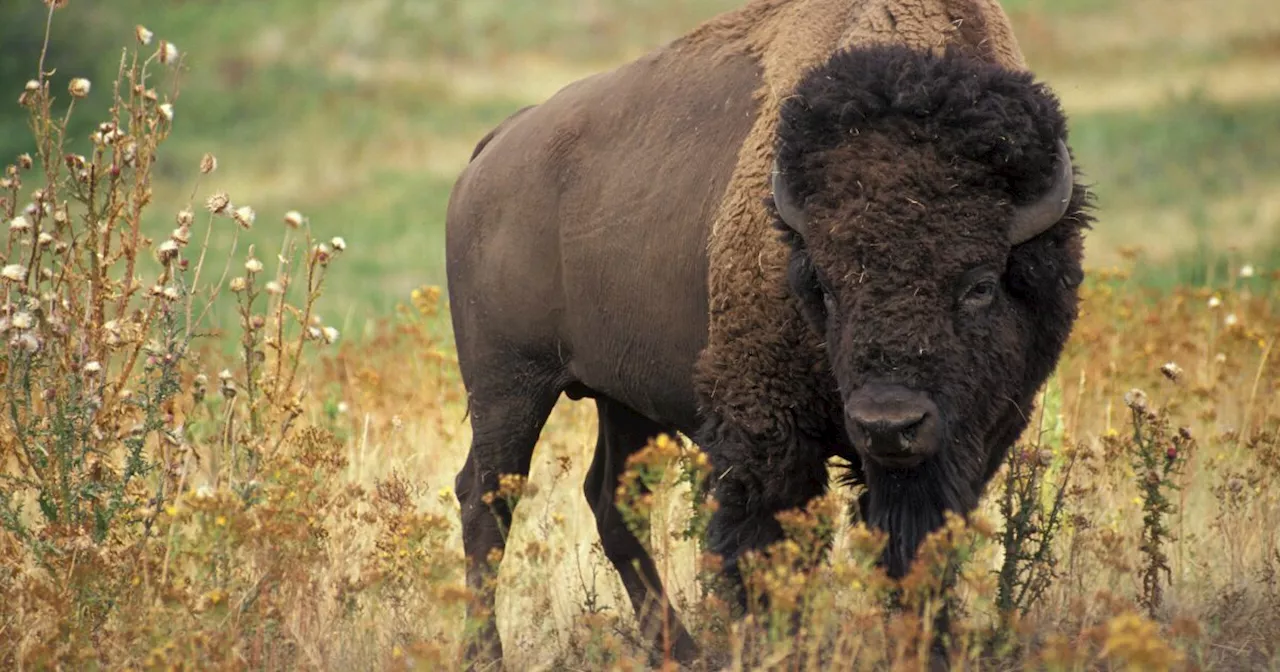“You begin to realize that, wow, there may not be official U.S. policy, but there is a conscious sense that if you destroy this, the single most important animal for sustaining the lifeways and the lives – not to mention the spiritual lives – of Native peoples all up and down the Plains, you’ve controlled them. And it’s not a pretty picture.
. His collection of documentaries tell the stories of presidents and notable historical figures, music genres, wars, and more. His latest is his first to focus on an animal.
Well, you know, the scientists call it “bison bison” – that’s its generic species name. And so that is the true thing. But it’s what everybody called it from the earliest Spanish and French explorers on the continent to Americans: The second biggest city in New York state is not Bison, New York. William F. Cody’s nickname is not “Bison Bill.” And so most of the places in the United States, of which there are nearly more than any other name, have the word buffalo in it.
So these calendars become a way for us to verify or at least add another dimension to the oral histories that come down from the various tribes in the southern to the central to the northern plains that are mainly what our story’s about. Most Texans have probably heard of him. He’s one of the most, you know, celebrated. He started off as a ranger and an Indian fighter, and an Indian killer, a rancher, a killer of buffalo because he wanted to replace them with cattle in the Palo Duro Canyon. He had the first ranch there.
And Quanah has already led his people onto the reservation and made the transition to peaceful coexistence. But, you know, there’s a lot between them that they realize they share in common. And their friendship is a wonderful lesson for all of us today, in this time of division and perpetual argument: Telling stories is the way you connect.
And then it turns out that the bleached bones from these decades of slaughter have value to a nascent chemical industry. In fact, the biggest business in Detroit is the Michigan Carbon Works, which is grinding up those mountains of bones and skulls and whatever. But, you know, at the end of this trail is some hope because Americans do get together and they do save this beast from extinction. The bison, our national mammal, is not going extinct. And while there’s not even half a million where there were 35, 40, maybe before Columbus, 70 million buffalo, they’re not going extinct. And that’s good.
South Africa Latest News, South Africa Headlines
Similar News:You can also read news stories similar to this one that we have collected from other news sources.
 'The American Buffalo' Review: Not-Peak Ken Burns Is Still Pretty GoodBurns' new four-hour PBS doc studies the species' symbolism, its brutal near-extinction and the complicated and sometimes heroic struggle to bring the buffalo back.
'The American Buffalo' Review: Not-Peak Ken Burns Is Still Pretty GoodBurns' new four-hour PBS doc studies the species' symbolism, its brutal near-extinction and the complicated and sometimes heroic struggle to bring the buffalo back.
Read more »
 ‘The American Buffalo’ Review: Ken Burns’s Western ElegyThe documentarian’s latest PBS event revisits the destruction of the bison population, its effects on Native American peoples and the birth of the conservation movement.
‘The American Buffalo’ Review: Ken Burns’s Western ElegyThe documentarian’s latest PBS event revisits the destruction of the bison population, its effects on Native American peoples and the birth of the conservation movement.
Read more »
 Ken Burns looks at history through the eyes of its national mammal in 'The American Buffalo'Ken Burns' new PBS documentary 'The American Buffalo,' premiering Monday, tells the story of how our national mammal was on the brink of extinction until humans evolved and saved them.
Ken Burns looks at history through the eyes of its national mammal in 'The American Buffalo'Ken Burns' new PBS documentary 'The American Buffalo,' premiering Monday, tells the story of how our national mammal was on the brink of extinction until humans evolved and saved them.
Read more »
 'The American Buffalo' is a spiritual step forward for Ken BurnsPremiering Monday on PBS, Ken Burns' latest big documentary is on the big American bison, but really it's mostly about people.
'The American Buffalo' is a spiritual step forward for Ken BurnsPremiering Monday on PBS, Ken Burns' latest big documentary is on the big American bison, but really it's mostly about people.
Read more »
 ‘It’s not much more Americana than this’: Bison graze at Union Township farm, site of screening for Ken Burns’ new filmDaisy, who was bottle-fed and has one horn shorter than the other, ambled up to the fence first. Others soon followed, including Blackjack, one of three breed bulls at Broken Wagon Bison in Union Township, and Pink, named for the color of her tongue, unusual in the species.
‘It’s not much more Americana than this’: Bison graze at Union Township farm, site of screening for Ken Burns’ new filmDaisy, who was bottle-fed and has one horn shorter than the other, ambled up to the fence first. Others soon followed, including Blackjack, one of three breed bulls at Broken Wagon Bison in Union Township, and Pink, named for the color of her tongue, unusual in the species.
Read more »
 - Anesthesiologists, Ken Paxton, Wayne Richard, Operation KindnessLetters to the Editor
- Anesthesiologists, Ken Paxton, Wayne Richard, Operation KindnessLetters to the Editor
Read more »
